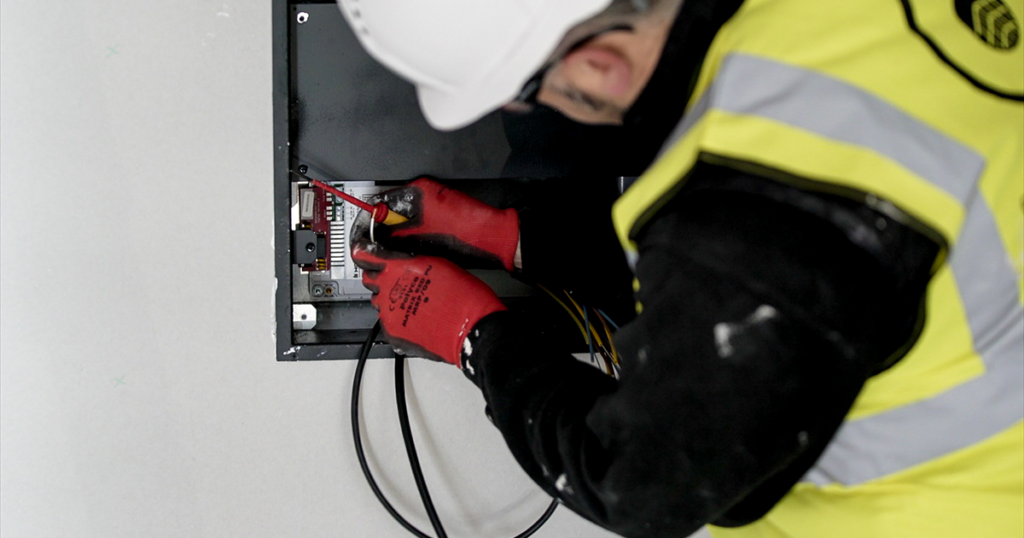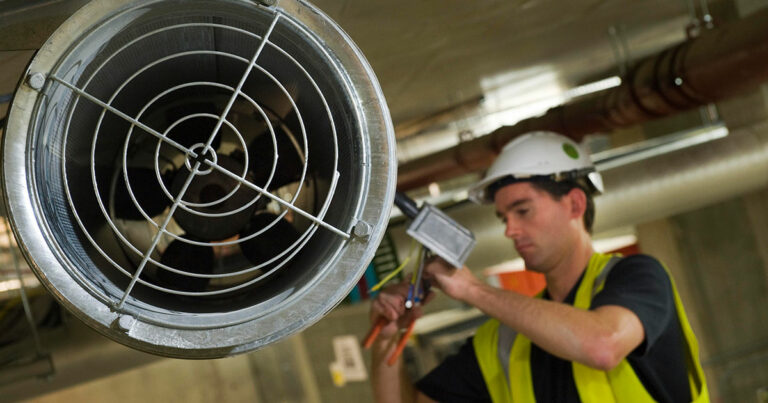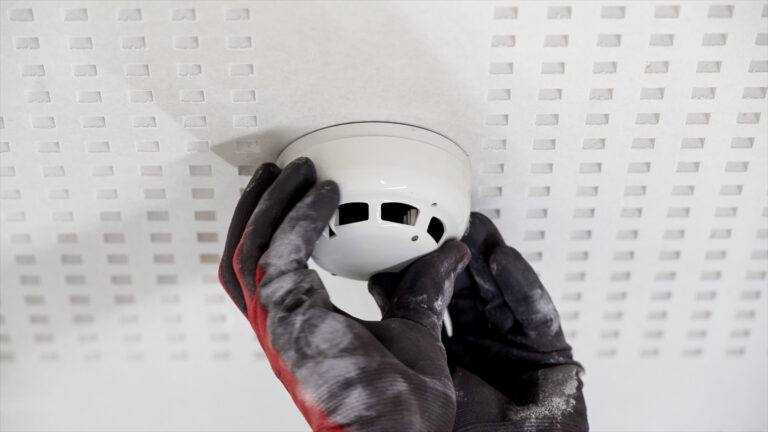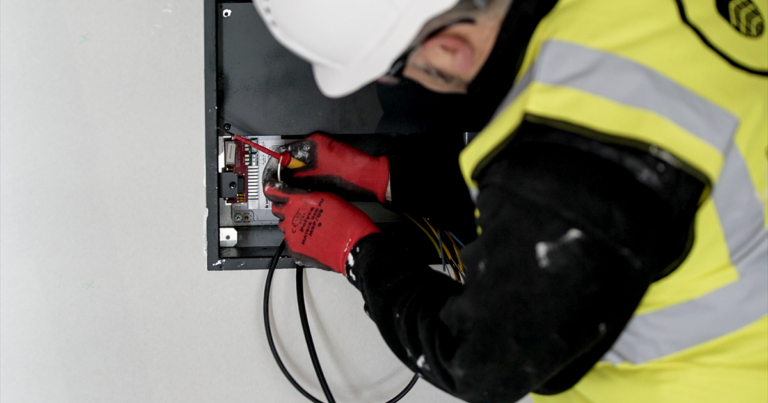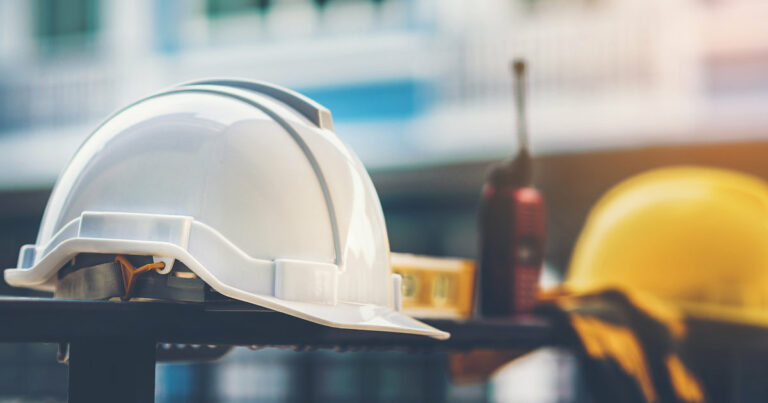Smoke, not flames, is often the primary cause of injury and death in a fire.
Inhaling smoke can cause suffocation, disorientation, and visibility loss, significantly complicating safe evacuation and rescue efforts. This is why smoke control systems are a vital part of a building’s fire safety infrastructure.
This article explains smoke control systems, how they function, and most importantly, why maintaining them is essential to ensuring they perform when lives are on the line.
What Is a Smoke Control System?
Smoke control systems are fire safety systems designed to control the movement of smoke within a building during a fire. Their main objectives are:
- Maintaining Clear Escape Routes: Enabling occupants to evacuate safely
- Protecting Firefighter Access: Keeping stairwells and lobbies clear
- Reducing Smoke Damage: Limiting contamination to non-affected areas
These systems are usually installed in buildings with multiple floors, large open spaces, or high occupancy, such as shopping centres, high-rise residential blocks, hospitals, and underground car parks.
Types of Smoke Control Systems
Natural Smoke Ventilation
- Uses automatic or manual vents placed at the top of stairwells, shafts or in corridors
- Opens to release hot smoke and gases, and also allows fresh air to enter
- Cost-effective and low maintenance
Mechanical Smoke Ventilation
- Uses powered fans and duct systems
- Mechanical shafts, fitted with dampers, are utilised in conjunction with smoke fans to pull smoke away from escape routes
- Essential for complex and tall buildings as well as underground areas
Pressurisation Systems
- Maintain positive air pressure in stairwells to keep smoke out
- Common in high-rise and commercial properties
How Smoke Control Systems Work
When smoke is detected and the fire alarm is triggered:
- Smoke detectors activate the smoke control system
- Control panels determine the sequence based on zones
- Vents or fans begin operating to extract smoke
- Integration with the fire alarm system is critical to ensure seamless performance. Without this integration, delays or failures can compromise safety.
Why Smoke Control System Maintenance Is Critical
Smoke control systems are safety-critical. A fault can render them ineffective during a fire, increasing the risk to life and property.
Legal Compliance
BS EN 12101 (Parts 1-13) outlines strict standards for the design, installation, and maintenance of smoke control systems. The Regulatory Reform (Fire Safety) Order 2005 requires that life safety systems be maintained in an efficient working order.
Regular maintenance ensures compliance and avoids enforcement action from the fire authority.
The Smoke Control Association has also guided in maintaining smoke control equipment. We have compiled a breakdown of the key takeaways from the guidance.
Functional Reliability
Vents can seize, fans can fail, and control panels may malfunction. Any of these failures could mean the system doesn’t activate when needed. Preventative maintenance tests these components in controlled conditions to ensure they will perform under pressure.
Insurance & Liability
Insurers may deny claims related to fire damage if systems are not maintained or records are incomplete. Property managers could also face legal action from tenants or affected parties.
System Longevity
Regular servicing extends the life of components, improves efficiency, and reduces costs over time.
What’s Included in a Smoke Control Maintenance Visit?
A typical service visit by FDS Maintenance includes:
- Full system function test (manual and automatic trigger)
- Inspection of vents, fans, and dampers for damage or obstruction
- Cleaning of ventilation paths
- Battery checks and replacements
- Firmware/software updates to control panels
- Testing of interlinked systems (e.g., alarms, sprinklers)
- Compliance report with photographic evidence and recommendations
Maintenance Frequency
Maintenance frequency is dependent on the system installed; however, typically it is recommended to follow the schedule below:
- Visual inspections: Monthly (can be in-house)
- Full functional testing: At least every 6 months by certified professionals
- Documentation: Updated after each service for audit readiness
High-risk environments (e.g. hospitals, car parks) may require more frequent servicing.
Common Issues Found During Maintenance
- Vent actuator failures
- Disconnected or faulty smoke sensors
- Software bugs in control panels
- Obstructed vents or dampers
- Wear-and-tear in older systems
Why Choose FDS Maintenance?
- BS EN 12101 Compliant: All services meet the latest standards
- Certification: FDS Maintenance is part of the FDS Group, who are certified to LPS 1014 and SCA IFC SDI 19
- Experienced Engineers: Nationwide team with specialist smoke control training
- Digital Reporting: Instant compliance documents and issue tracking
- 24/7 Emergency Support: Peace of mind with reactive maintenance cover
Smoke control systems save lives—but only when they work.
Regular maintenance is essential to ensure they perform in a fire, meet legal requirements, and remain effective for years to come. With FDS Maintenance, you benefit from professional service, certified engineers, and peace of mind.
Book your smoke control system inspection with FDS Maintenance today and ensure your building is safe and compliant.

